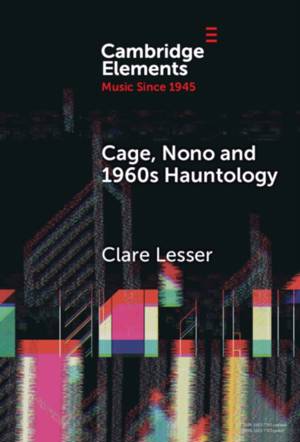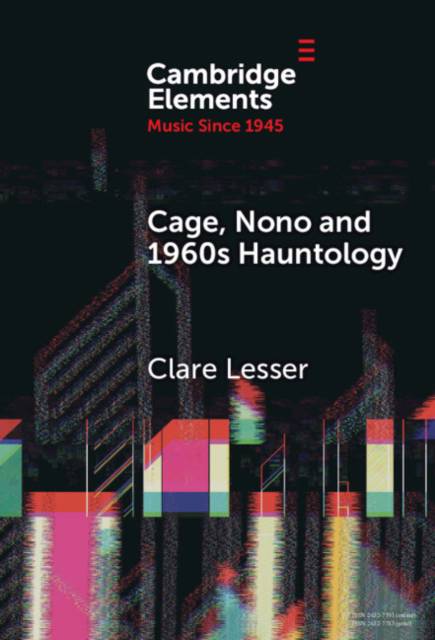
- Afhalen na 1 uur in een winkel met voorraad
- Gratis thuislevering in België vanaf € 30
- Ruim aanbod met 7 miljoen producten
- Afhalen na 1 uur in een winkel met voorraad
- Gratis thuislevering in België vanaf € 30
- Ruim aanbod met 7 miljoen producten
Zoeken
Omschrijving
'What does it mean to follow a ghost?' Posing this question in Specters of Marx (1993), Jacques Derrida introduces the philosophical concept of 'hauntology' and the 'medium of the media' through the Shakespearian trope that time is 'out of joint'. Replete with ghostly crackles, hiss, pops and static, analogue media occupied a pivotal role in experimental music and praxis in the twentieth century, particularly during the 1960s, when composers such as John Cage and Luigi Nono systematically exploited the affordances of records and tape in composition and performance. Exploring hauntology's ghostly interplay with music and technology, this Element considers lost futures, past usage and future implications for hauntological music from the late 1930s to the twenty-first century.
Specificaties
Betrokkenen
- Auteur(s):
- Uitgeverij:
Inhoud
- Aantal bladzijden:
- 75
- Taal:
- Engels
- Reeks:
Eigenschappen
- Productcode (EAN):
- 9781009487979
- Verschijningsdatum:
- 31/03/2026
- Uitvoering:
- Hardcover
- Formaat:
- Genaaid

Alleen bij Standaard Boekhandel
+ 158 punten op je klantenkaart van Standaard Boekhandel
Beoordelingen
We publiceren alleen reviews die voldoen aan de voorwaarden voor reviews. Bekijk onze voorwaarden voor reviews.








